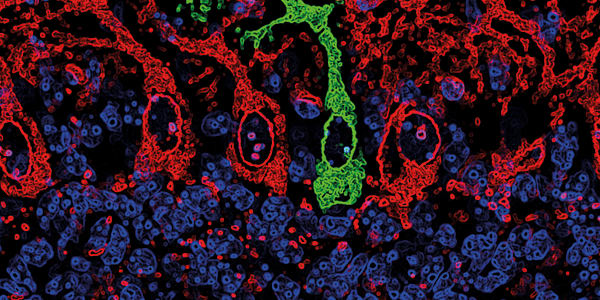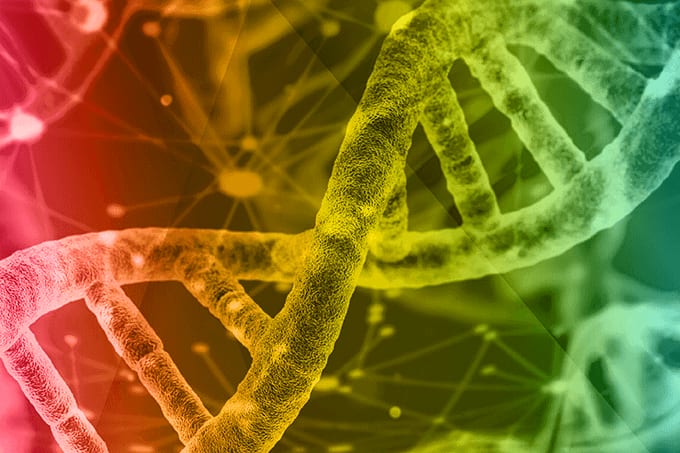Postpartum depression (PPD) is the most common complication of childbirth. It affects around 13 percent of mothers and is associated with over a ten-fold increase in suicide risk compared with healthy individuals. Researchers from Canada and Germany now hope they can develop new treatment strategies through their discovery of a new biomarker (1).
Lead author of the study, Julia Sacher from the Max-Planck Institute for human cognitive and brain sciences in Leipzig, Germany, says PPD is an immense public health issue. “It is often not diagnosed and in many cases not adequately treated. A mother’s mental health and well-being have profound effects on her child’s physical and emotional development and impact the entire family,” she explained.
Sacher believes that the discovery of the biomarker – elevated monoamine oxidase A (MAO-A) in the brain – could open up new directions to improve diagnosis, treatment and effective prevention strategies.
The researchers used positron emission tomography (PET), to measure MAO-A density in the prefrontal and anterior cingulate cortex in the brain. They found that in women experiencing PPD, MAO-A values were 21 percent higher than in healthy controls. “Our data argue for clinical trials of MAO-A inhibitors for PPD, and the development of new, well tolerated MAO-A inhibitors that either rapidly wash out of the periphery or which have high brain to periphery concentrations,” says Sacher.
According to the study, the biomarker doesn’t just identify depression; substantial MAO-A binding changes were also observed in the subclinical group; women who did not meet the criteria for full PPD, but who reported increased crying and sadness. This group also showed elevated MAO-A levels in brain regions important for balancing emotions and mood, such as the prefrontal cortex and the anterior cingulate cortex. For the researchers, this was an interesting find. “Either these women will go on to develop PPD at some later time or they have some sort of compensation mechanism protecting them from developing the full-blown clinical disorder,” says Sacher. “Based on our neurobiological model for PPD, promoting normalization of MAO-A levels after the immediate postpartum period might reduce the probability of developing the full clinical disorder.”
References
- J. Sacher et al., “Relationship of Monoamine Oxidase-A Distribution Volume to Portpartum Depression and Postpartum Crying”, Neuropsychopharmacology (2014). doi:10.1038/npp.2014.190 [Epub ahead of print].




